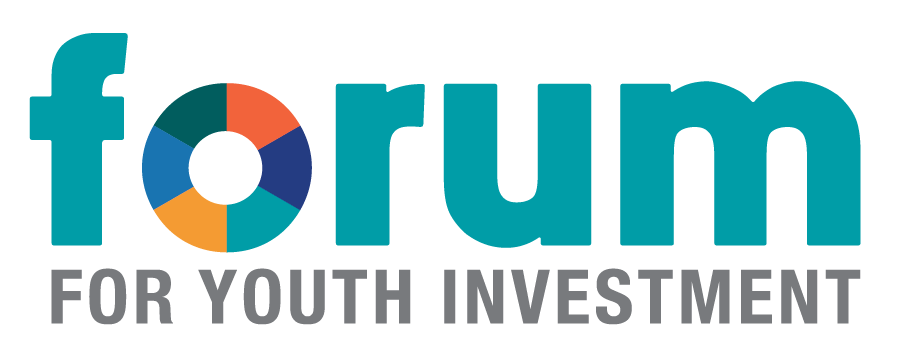Equity and Evaluation Policy: Making Good on the Biden Administration’s Commitment
The Biden Administration has taken clear steps to make racial equity a governmentwide priority. What should that look like for evaluation policy?
The January 20th Executive Order on Advancing Racial Equity and Support for Underserved Communities through the Federal Government (EO) cited the urgent need to address entrenched disparities in US law and public policy, acknowledging long-standing inequities that exacerbated the converging economic, health, and climate crises. One week later, the Memorandum on Restoring Trust in Government Through Scientific Integrity and Evidence-Based Policymaking (Memorandum) emphasized “the delivery of equitable programs, across every area of government,” including the role of evidence-based policymaking. The direct language of racial equity, accompanied by President Biden’s January 26th remarks explicitly naming racial injustice as a nation-wide equity agenda, promises a new level of unpacking how federal government operates and engages people and communities historically underserved, marginalized, and adversely affected by persistent poverty and inequality.
